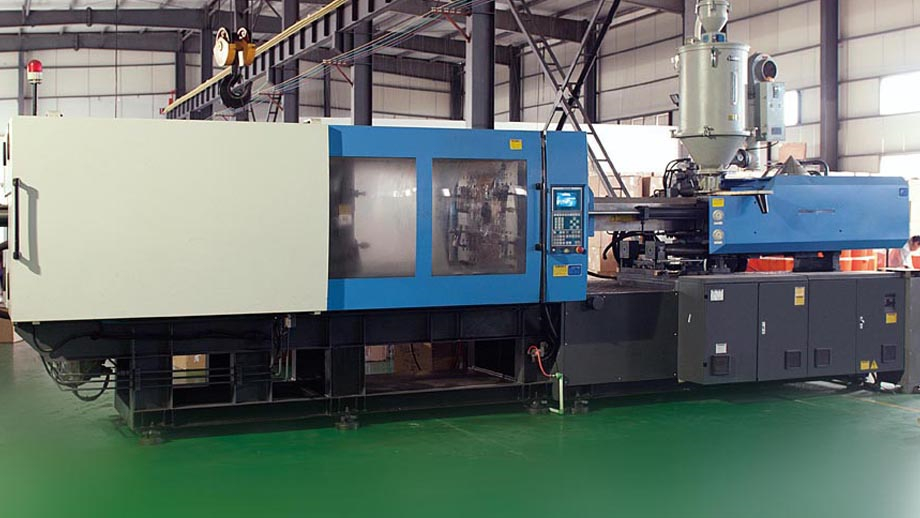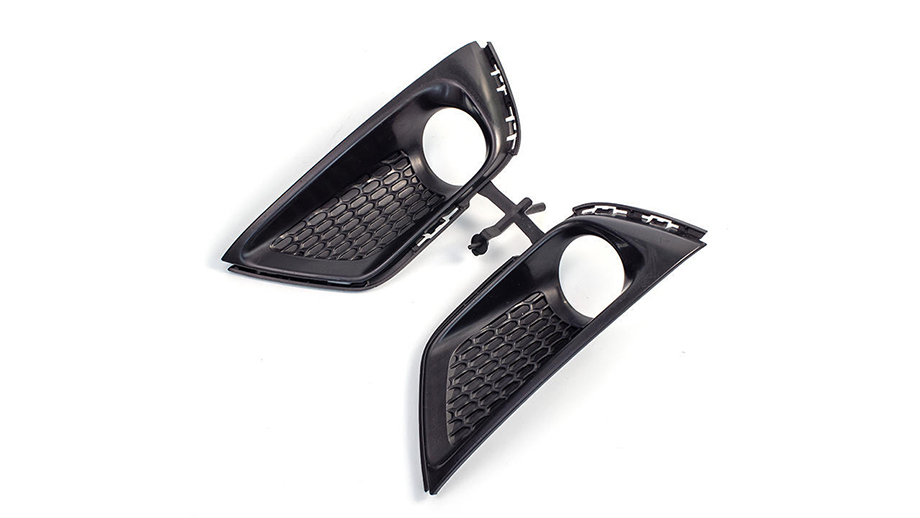Are you tired of dealing with burrs on your injection molding products after machining? It’s a common issue that can be frustrating and time-consuming to deal with. However, there are efficient ways to remove these burrs and ensure the quality of your products. In this article, we will discuss the best methods for removing burrs and how to implement them into your manufacturing process.
What is Burrs?

Before we dive into the different methods for removing burrs, let’s define what they are. Burrs are small metal or plastic particles that remain on the edges of a product after it has been machined. They are caused by the cutting tool used during the machining process and can affect the quality and functionality of the product. If left untreated, burrs can cause issues such as poor fit, reduced performance, and even injury to the end user.
The Importance of Removing Burrs
Removing burrs is a critical step in the injection molding process. Not only does it ensure the quality and functionality of your product, but it also improves the safety of the end user. Burrs can cause injury or damage to the product, which can result in customer dissatisfaction and product recalls. By removing burrs, you can ensure that your products meet industry standards and regulations, and provide a safer and more reliable product to your customers.
Methods for Removing Burrs
There are several methods for removing burrs after machining, including manual, mechanical, and chemical methods. Each method has its advantages and disadvantages, depending on the type of product, material, and quantity being produced. Below are some of the most common methods used in the injection molding industry.
- Manual Deburring
Manual deburring is the most basic method for removing burrs. It involves using a hand tool, such as a file or sandpaper, to remove the burrs from the edges of the product. While it is a cost-effective method, it is also the most time-consuming and can often result in inconsistent results. It is best used for small quantities or for products with intricate shapes that are difficult to deburr using other methods.
- Mechanical Deburring
Mechanical deburring involves using a machine or tool to remove the burrs from the edges of the product. This can be done through a variety of methods, such as blasting, tumbling, or grinding. Mechanical deburring is a faster and more consistent method than manual deburring, but it can be more expensive and may not be suitable for all types of products.
- Chemical Deburring
Chemical deburring involves using a chemical solution to dissolve the burrs from the edges of the product. This method is often used for products with intricate shapes or hard-to-reach areas. It is a fast and efficient method, but it can also be expensive and may require special equipment or safety precautions.

Conclusion
Removing burrs after machining is an important step in the injection molding process. It ensures the quality and functionality of your products, as well as the safety of the end-user. By using efficient deburring methods, such as manual, mechanical, or chemical methods, you can improve the quality of your products and provide a better experience for your customers. At JS Precision, we understand the importance of efficient burr removal and strive to provide the highest quality injection molding services to our customers. Contact us today to learn more about our services and how we can help improve the quality of your products.
